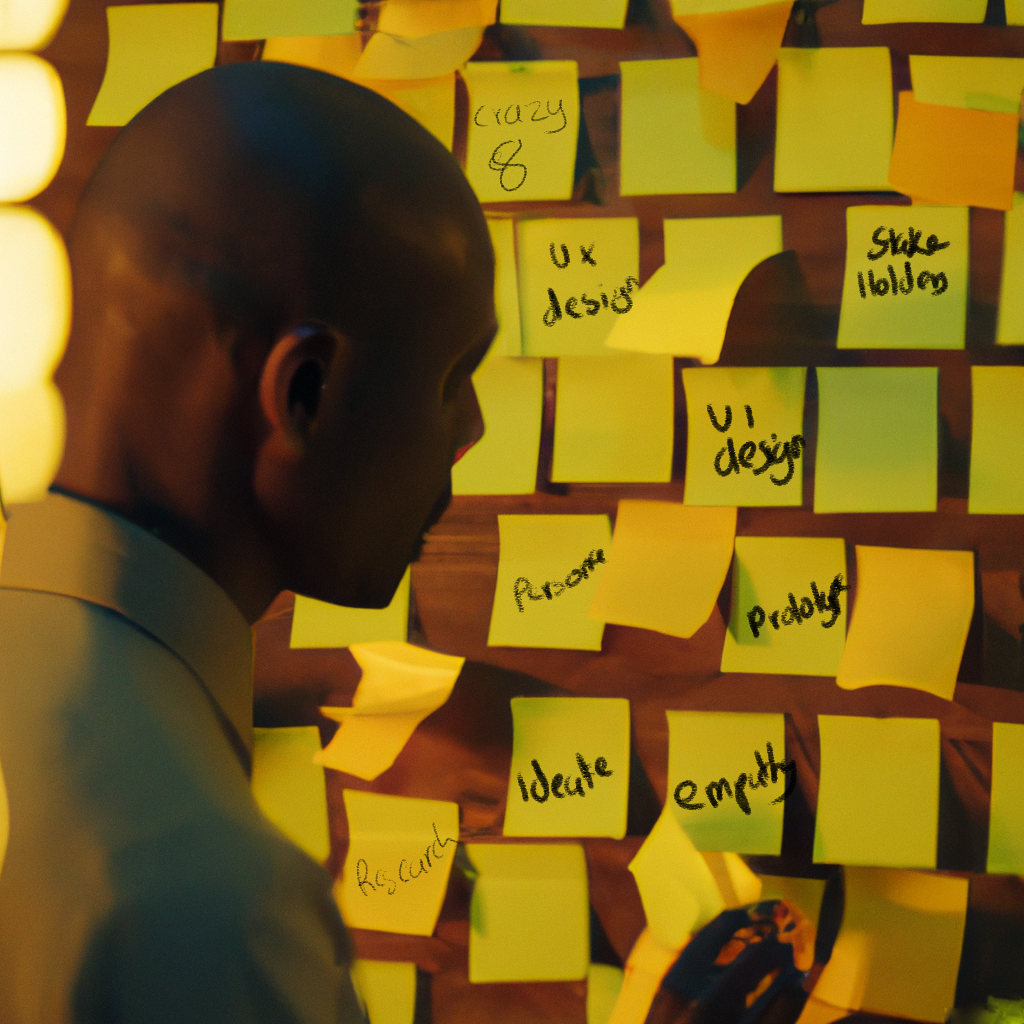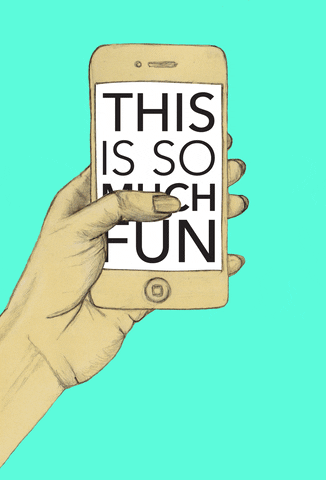4 qualities of a good user experience.
"good design is inclusive, functional, and desirable"

All designs should begin with a promise to the user to provide the best experience while helping them meet their needs. But as you're designing the interface, consciously you should be taking into account how the user will experience your product. To do this effectively you need to ask yourself four questions: is the design; usable, equitable, enjoyable, and useful?
In case these adjectives sound like hollow words devoid of meaning, let me explain.
For a product to be considered usable, its architecture, purpose, and design need to be obvious and simple to use. The task that a user wants to complete should be as easy as a, b, c. For example, let's imagine you're evaluating the usability of a shopping app. Assuming that the primary purpose of the user is to purchase a product, the approach to the design should allow the user to type in exactly what they're looking for, add it to the cart, and checkout. And preferably the search functionality should be on the homepage.
You can evaluate usability by asking yourself questions like, can users complete simple tasks within the product, is it simple to understand how the design works?
Is it equitable? The design needs to be helpful to people with diverse abilities and backgrounds. In other words, the product’s design should address the needs of a diverse user base and ensure a high-quality experience is delivered to all users regardless of background, gender, race, or ability. You also need to take into account, equity. Equity goes beyond the concept of equality, where everyone is given equal resources because every too often users need different tools and support based on their needs, especially for the commonly disenfranchised communities. For example, when a smartphone keyboard provides the ability to type various languages for users in different regions of the world.
The product needs to be enjoyable. This means that the user is satisfied and happy with the design. A product’s design doesn’t have to be enjoyable for it to function properly. But, an enjoyable design adds to an already functional product and can enhance the user’s feelings about the experience. For example in a social media app, showing the user more of what they liked and engaged with can help in evaluating how enjoyable the app is. To effectively make a design enjoyable you can ask yourself questions like:
- Does the design keep the user engaged throughout their experience?
- Does the design implement recommendations or feedback from the user? For example when a user provides feedback to see less of something in your design.

If a product is useful, that means it solves user problems. In other words, the design intentionally solves a user problem that the designer has identified. A distinction between usable and useful needs to be made lest you think the two are similar. A product that is useful isn’t always usable and vice versa. The distinction between the two is that usability refers to the product working well and being easy to use, while usefulness refers directly to the ability to solve user problems. To evaluate how useful a product’s user experience (UX) is, you can ask questions like:
- Does the design add value to the user’s experience?
- Does the design solve a problem for the user?
- Does the design help the user achieve a specific goal?
For example, in evaluating a note-taking app, features like having the ability to write down and save your notes and records are what's needed and useful in that context.
In conclusion, good design is inclusive, functional, and desirable - Rick Jones,
Visual Designer.
If you find this article enjoyable and helpful, you subscribe to my newsletter, Just in Time, it's free and I can send you more nuggets of wisdom like this. It'll help support my work and continue to publish well-curated posts. Thank you!
